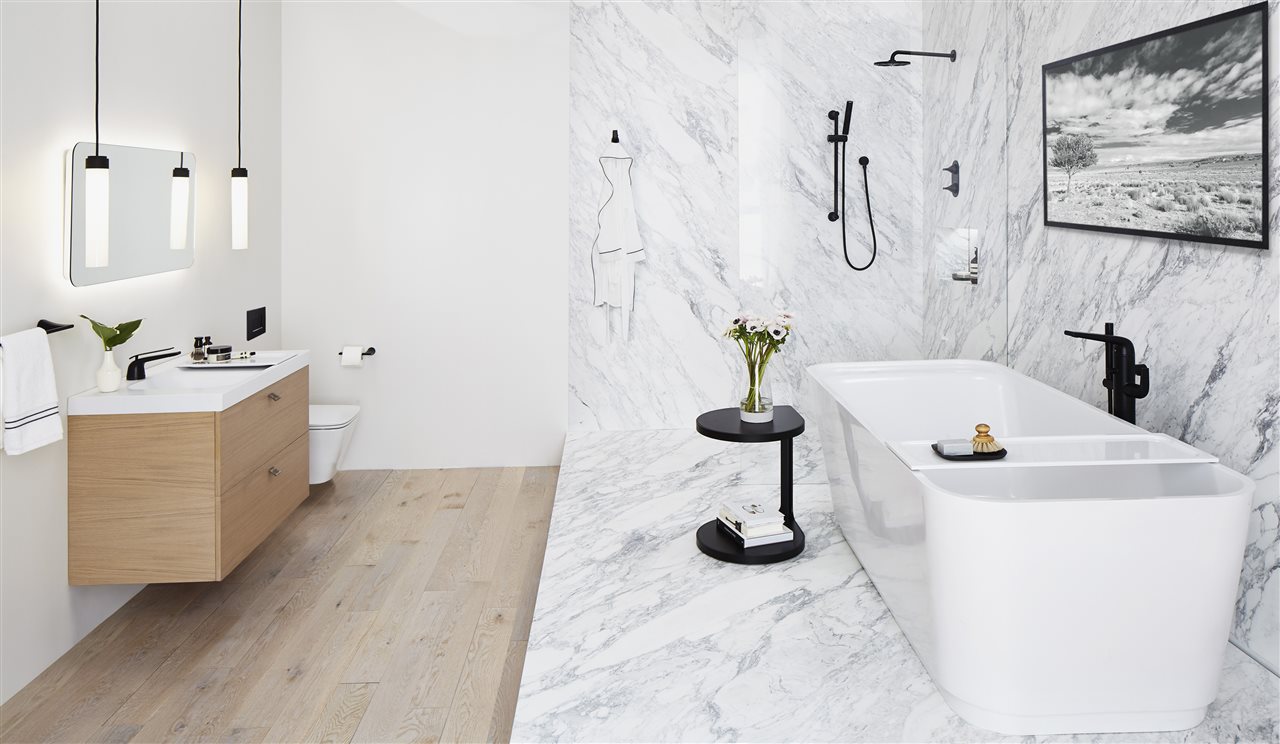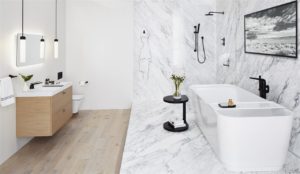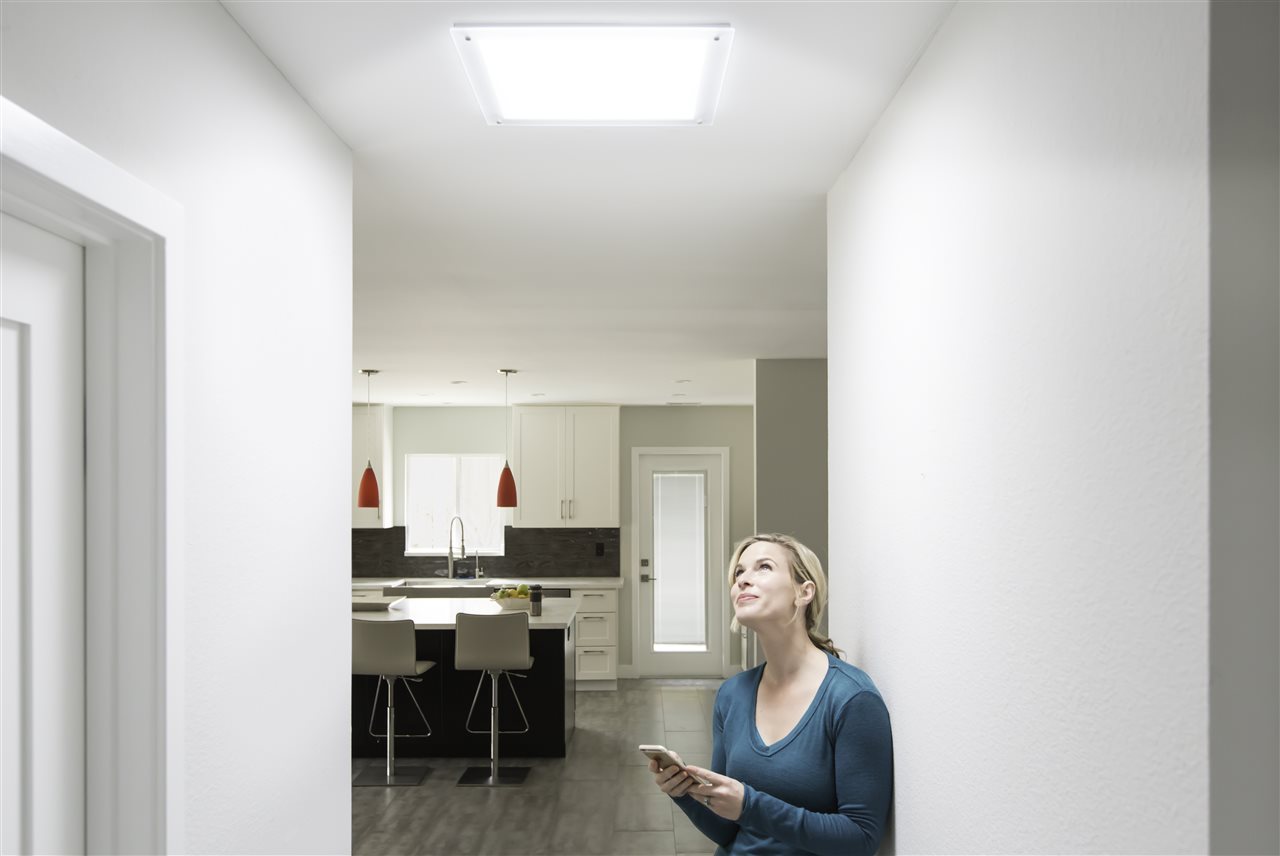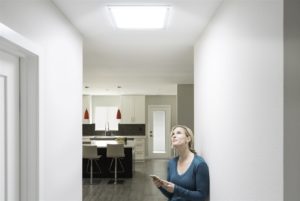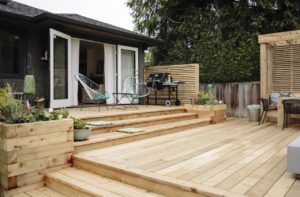 (BPT) – Across America, decks have become a popular place for people to entertain guests or just relax. The greatest appeal? The elevated outdoor living areas offer a convenient option for enjoying the great outdoors in a comfortable, room-like space that’s somewhat removed from the elements.
(BPT) – Across America, decks have become a popular place for people to entertain guests or just relax. The greatest appeal? The elevated outdoor living areas offer a convenient option for enjoying the great outdoors in a comfortable, room-like space that’s somewhat removed from the elements.
Further, studies reveal adding a deck to your home pays for itself in terms of resale value. A 2016 report by the National Association of Realtors estimates new wooden decks recover 106 percent of their cost, with the average deck costing $9,450 and generating $10,000 in value. In fact, a deck was ranked third among home improvement projects recouping the most resale value.
“Backyard decks have replaced patios and front porches as the social centers of suburbia in the summer,” writes Steve Cook on Homes.com. “Decks are elevated to catch summer breezes and to facilitate conversations with neighbors. Large enough for a table and grill, most decks are more versatile than front porches and provide privacy from street traffic.”
While building a deck isn’t difficult, it’s helpful to understand some of the potential pitfalls before getting started. Here are some common mistakes made by inexperienced homeowners.
Choosing the Wrong Side Of Your House.
While your backyard is an obvious option, it’s not always the best choice for your lifestyle. Are you most apt to enjoy a full-on sunny spot, or a shady haven on a hot day? Will wind be an issue? Are you aiming for privacy, or a chance to socialize with neighbors? Which positioning provides the best views?
Not Researching Your Optimal Layout.
A nearly endless number of sizes and shapes are possible. Before choosing, think beyond just aesthetics and consider how you’ll actually use the space. Where will furniture be placed? What will the foot traffic patterns be? How will users access the deck from inside and outside your home? To what extent will new doorways and stairways be necessary?
Not Opting for Real Wood.
While the grain of authentic wood is hands-down more visually stunning than composite, many homeowners don’t realize wood can also be more affordable and just as easy to maintain. The NAR study also found wooden decks recoup greater resale value than composite decks. A particularly beautiful and versatile choice for decks is Western Red Cedar, a stunning species that inherently resists rot, decay, shrinkage and insects. And if left unfinished, it weathers over time into an attractive silvery gray patina. Do-it-yourselfers report it handles like a dream because it’s naturally flat and able to absorb a wide range of finishes.
Not Considering Air Quality.
Composite deck materials often emit greenhouse gases during the manufacturing process, whereas woods such as Western Red Cedar leave a smaller carbon footprint than any other building material. That means you can rest easy knowing you’re choosing the greenest option available.
Not Factoring In Maintenance and Upkeep.
Regardless of materials, decks typically need periodic cleaning to protect them from the elements and keep them looking like new. Fortunately, a Western Red Cedar deck is relatively low maintenance. Maintain its beauty by cleaning it annually with a plain bristle brush, and should you choose to stain your deck, be sure to select a quality product.
For more information about creating your dream deck, visit RealCedar.com.


